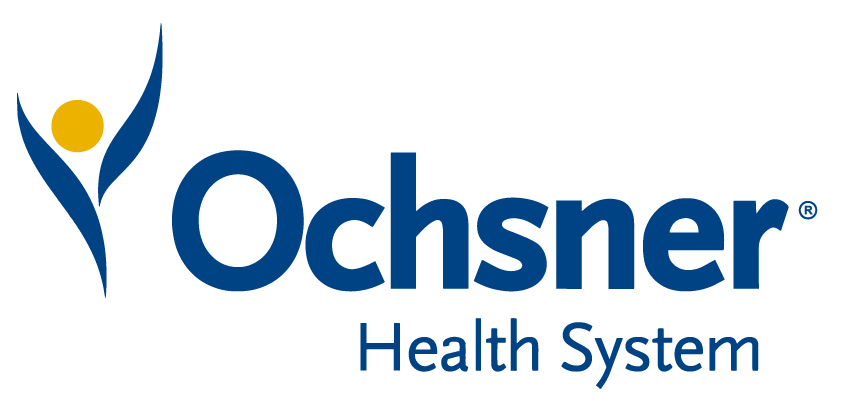
Grant Medical Center, part of OhioHealth, was facing challenges common to many ORs, including inefficient scheduling practices, staffing constraints that impeded effective scheduling, and poorly informed management of surgical block time due to limited data availability. By partnering with LeanTaaS in September 2022, the center has made significant strides in OR efficiency, achieving an 11% increase in block utilization and a 7% absolute jump in prime time utilization (PTU). These results stemmed from the adoption of advanced AI tools and the integration of best practices to optimize operations.
Dr. Joel Shaw, VP Medical Affairs at OhioHealth, will discuss how Grant Medical Center’s strategic approach to OR management—utilizing AI-driven tools such as proactive block release reminders and accurate case length predictions—led to more precise scheduling and overall enhanced efficiency.
LEARNING OBJECTIVES:






Take the first step towards unlocking capacity, generating ROI, and increasing patient access.
If you work in the healthcare industry, or even if you’re just an interested observer, you don’t need a book to tell you that the financial pressure is on as never before. A perfect storm of circumstances is swirling together, one that will make survivability, not to mention profitability, a greater challenge for healthcare companies than we’ve seen in the modern era.
As with banks, retailers, and airlines, which had to rapidly enhance their brick-and-mortar footprints with robust online business models—it is the early movers eager to gain new efficiencies that will thrive and gain market share. The slow-to-move and the inefficient will end up being consolidated into larger health systems seeking to expand their geographical footprints.
Let’s look at just a few of the looming challenges healthcare must meet head-on.
An aging population
By the year 2030, the number of adults sixty-five years of age or older will exceed the number of children eighteen years or younger in the United States. We are living longer than our parents did. Positive news for sure, but problematic for several reasons.
The older we get, the more medical help we need. Older people have more chronic diseases. By 2025, nearly 50 percent of the population will suffer from one or more chronic diseases that will require ongoing medical intervention. This combination of an aging population and an increase in chronic diseases will create a ballooning demand for healthcare services.